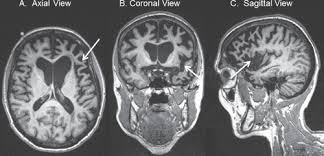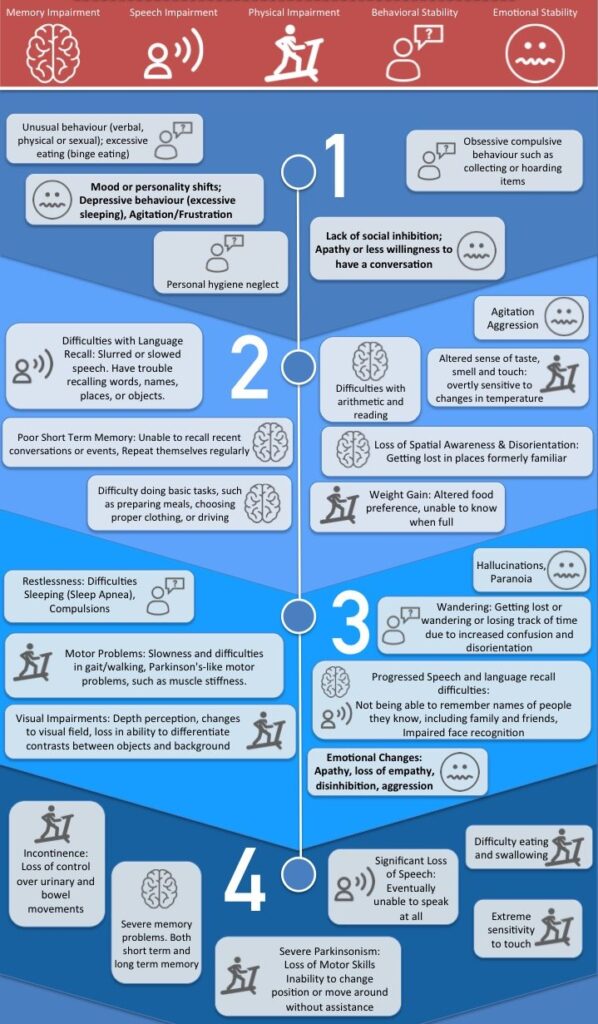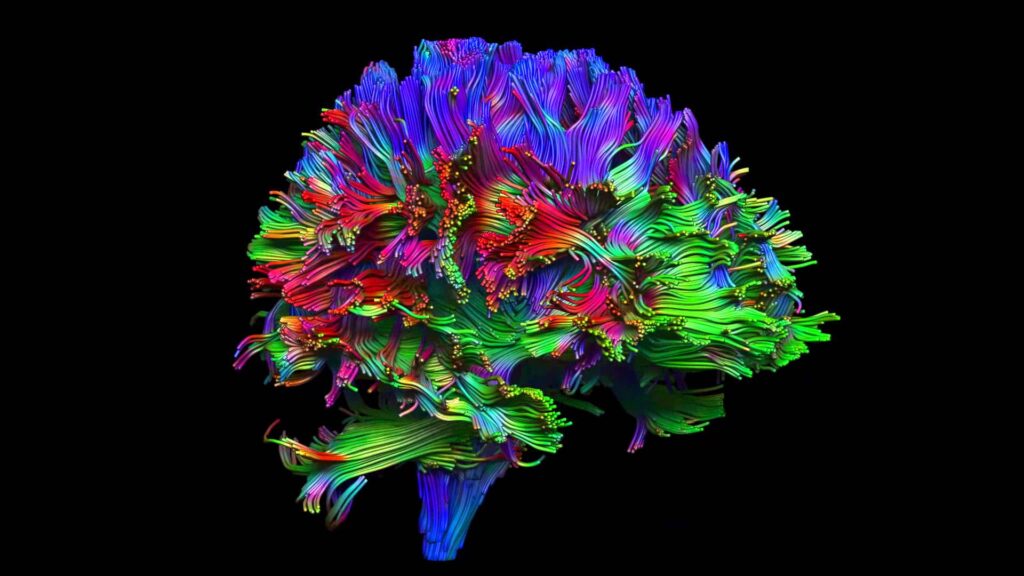FRONTO TEMPORAL DEMENTIA
Frontotemporal dementia is an umbrella term for a group of uncommon brain disorders that primarily affect the frontal and temporal lobes of the brain. These areas of the brain are generally associated with personality, behavior and language.
Frontotemporal dementia is often misdiagnosed as a psychiatric problem or as Alzheimer’s disease.
Frontotemporal dementia tends to occur at a younger age than does Alzheimer’s disease.
Frontotemporal dementia often begins between the ages of 40 and 65.
Symptoms
Signs and symptoms get progressively worse over time, usually over years.
Clusters of symptom types tend to occur together, and people may have more than one cluster of symptom types.
1. Behavioral changes
The most common signs of frontotemporal dementia involve extreme changes in behavior and personality. These include:
- Increasingly inappropriate social behavior
- Loss of empathy and other interpersonal skills, such as having sensitivity to another’s feelings
- Lack of judgment
- Loss of inhibition
- Lack of interest (apathy), which can be mistaken for depression
- Repetitive compulsive behavior, such as tapping, clapping or smacking lips
- A decline in personal hygiene
- Changes in eating habits, usually overeating or developing a preference for sweets and carbohydrates
- Eating inedible objects
- Compulsively wanting to put things in the mouth
2. Speech and language problems
Some subtypes of frontotemporal dementia lead to predominant language problems or impairment or loss of speech.
Primary progressive aphasia, semantic dementia and progressive agrammatic (nonfluent) aphasia are types considered to be frontotemporal dementia.
Problems caused by these conditions include:
- Increasing difficulty in using and understanding written and spoken language, such as having trouble finding the right word to use in speech or naming objects
- Trouble naming things, possibly replacing a specific word with a more general word such as “it” for pen
- No longer knowing word meanings
- Having hesitant speech that may sound telegraphic
- Making mistakes in sentence construction
3. Movement disorders
Rarer subtypes of frontotemporal dementia are characterized by problems with movement, similar to those associated with Parkinson’s disease or amyotrophic lateral sclerosis (ALS).
Movement-related problems may include:
- Tremor
- Rigidity
- Muscle spasms
- Poor coordination
- Difficulty swallowing
- Muscle weakness
- Inappropriate laughing or crying
Causes
Majority of cases cause is unkown or genetic basis.
In frontotemporal dementia, the frontal and temporal lobes of the brain shrink. In addition, certain substances accumulate in the brain.
There are genetic mutations that have been linked to frontotemporal dementia. But more than half of the people who develop frontotemporal dementia have no family history of dementia.
Recent association between frontotemporal dementia and amyotrophic lateral sclerosis (ALS).
Risk factors
Your risk of developing frontotemporal dementia is higher if you have a family history of dementia. There are no other known risk factors.
Diagnosis
There’s no single test for frontotemporal dementia. Doctors look for signs and symptoms of the disease and try to exclude other possible causes.
Blood tests
To help rule out other conditions, such as liver or kidney disease, your doctor may order blood tests.
Neuropsychological testing
Sometimes doctors extensively test your reasoning and memory skills. This type of testing is especially helpful in determining the type of dementia at an early stage.
Sleep study
Some symptoms of obstructive sleep apnea (memory and thinking problems and behavioral changes) can be similar to those of frontotemporal dementia.
If you also have symptoms of sleep apnea (loud snoring and pauses in breathing while sleeping), your doctor may have you undergo a sleep study to rule out obstructive sleep apnea as a cause of your symptoms.
Brain scans
By looking at images of the brain, doctors may be able to pinpoint any visible abnormalities — such as clots, bleeding or tumors — that may be causing signs and symptoms.
• Magnetic resonance imaging (MRI).

- Fluorodeoxyglucose positron emission tracer (FDG-PET) scan.
Treatment
There’s currently no cure or specific treatment for frontotemporal dementia.
Drugs used to treat or slow Alzheimer’s disease don’t seem to be helpful for people with frontotemporal dementia, and some may worsen the symptoms of frontotemporal dementia.
But certain medications and speech therapy can help manage symptoms of frontotemporal dementia.
Medications
Antidepressants.
Antidepressants, such as trazodone, may reduce the behavioral problems associated with frontotemporal dementia.
Selective serotonin reuptake inhibitors (SSRIs) — such as citalopram (Celexa), paroxetine (Paxil) or sertraline (Zoloft) — also have been effective in some people.
Antipsychotics. Antipsychotic medications, such as olanzapine (Zyprexa) or quetiapine (Seroquel), are sometimes used to combat the behavioral problems of frontotemporal dementia.
Therapy :
People experiencing language difficulties may benefit from speech therapy to learn alternate strategies for communication.


